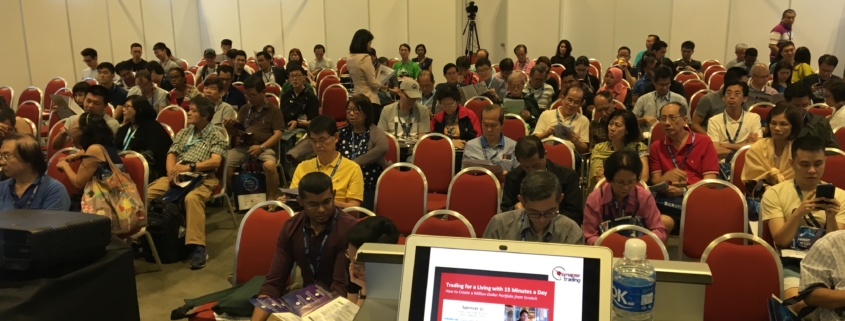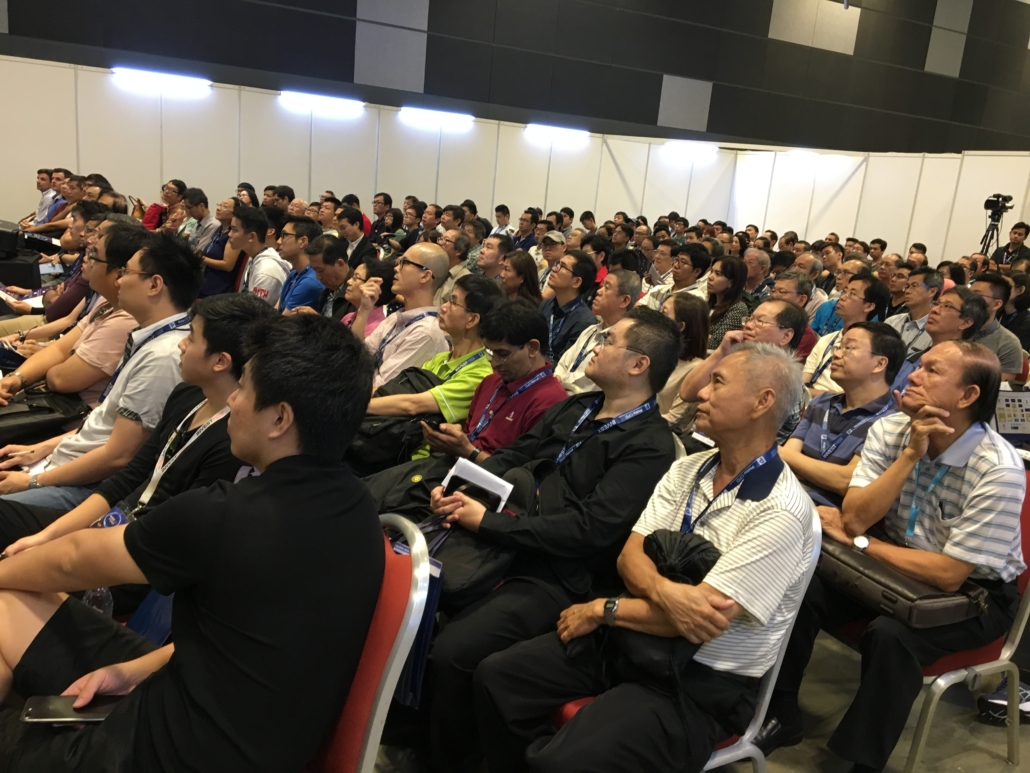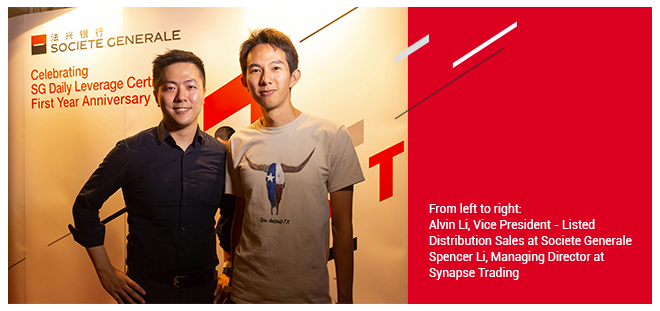
Daily Leverage Certificates (DLCs), since its launch in 17th July 2017, has been gaining attention in the local scene. InsideINVEST talks to Alvin Li from Societe Generale and Spencer Li, a well known trader in the local community on what to expect of DLC.
Retail Investors will tend to think of DLCs as a complex product. How will you simplify it for retail investors?
Alvin: DLC has been introduced to the market for one year. From our discussions with investors over the past year, I think many of them actually find this product easy to understand. A 7x Long DLC moves 7% for every 1% increase in the underlying asset (before costs and fees). I think it is intuitive enough.
Spencer: At first, investors may take a bit of time to understand the features of the product and how its prices are linked to the underlying index. But once they get the hang of it, they will find it a simple and useful product to capture moves in the general stock market. Also, since it is not traded on margin, investors will not risk losing more than what they put in.
What are the significant new developments of DLCs since its launch about 1 year ago?
Alvin: We first started by launching 10 DLCs on SGX July last year. The first batch of DLCs includes 3 times and 5 times leverage, long and short on three equity indices, namely Hang Seng Index, Hang Seng China Enterprises Index and MSCI Singapore Free Index. Then earlier in Jan this year we expanded the leverage to 7 times. Nowadays most of the trading activities are on the 7 times.
In your view, what kind of investors are best for trading of DLC?
Spencer: Because of the daily compounding effect, DLCs are better for short-term trading, and for strong trending markets, hence it would be a perfect fit for intraday trend traders. This means that a trader does not need to know the specifics of every stock; all he needs to know is the general direction of the local stock market (via indices) to profit from it. In addition, this also protects the trader from the volatility of individual stocks.
DLCs can also be used to hedge any short-term downside risk for an investment portfolio. If you anticipate a market correction coming but do not want to sell your stocks, you can use the Short DLC to hedge and protect your portfolio from any losses.
What is the one key feature of DLC that appeals to retail investors?
Alvin: I think DLC is simple as mentioned before. Also, the fact that it is listed on the SGX makes it a transparent product. Compared to CFD that is over-the-counter, different CFD provides may show different price, but if you trade DLC there is only one price at a time, because it is listed on the exchange. We also publish our costs and fees on our website on a daily basis which makes the product more transparent.
What is your trade plan for DLC and what are the risk involved?
Spencer: As mentioned previously, DLCs are good for short-term trend trading, and it allows traders to go both long and short, by buying a Long DLC to express a bullish view and buying a Short DLC to express a bearish view.
One popular strategy is to apply a multiple timeframe approach, for example if the daily chart of the Singapore market (MSCI Singapore Free Index) is bearish, one can then zoom in to the 5-min or 15-minue intraday chart to find good short entries, and take a short trade by buying a Short DLC.
And because of the leverage involved, not much capital is required, so it allows traders who are very confident of the trend to make larger bets with a small amount of capital to maxismise returns. Of course, this will increase the risk as well, which is why a trader needs to be good in analyzing the trends, and applying proper risk management.
How is the market response to DLC so far and are we expecting further enhancement to the product in the next 1 year?
Alvin: I think DLC has received very good tractions over the past year. It has traded over S$ 3 billion since its launch. And the outstanding value (position held by investors) has also been on a steady uptrend. We are now working on expanding it to single stock counters, on both Hong Kong and Singapore stocks, subject to regulatory approval.
To sum up, what is the one piece of advice that you will give to retail investors, encouraging them to add DLCs into their portfolio?
Alvin: I think understanding your product is the most important to successful trading and investing. I would suggest investors, especially those who have not traded the product before, go to our website dlc.socgen.com to learn and make sure you understand the product. I would also suggest they proactively give us feedback so that we know what they want and how we can do better.
Spencer: There are many different products available to traders in the market, but the most important thing is to find a product that fits your trading style and personality. DLCs contain many unique features that allow short-term traders to profit from strong moves in the stock market, and I think it is a good idea to read up and learn more about this product to see if it is a good fit for you.
To help you get started, I have compiled a comprehensive database of practical trading knowledge and strategies, including many good articles about DCLs: https://synapsetrading.com/synapse-online-academy














